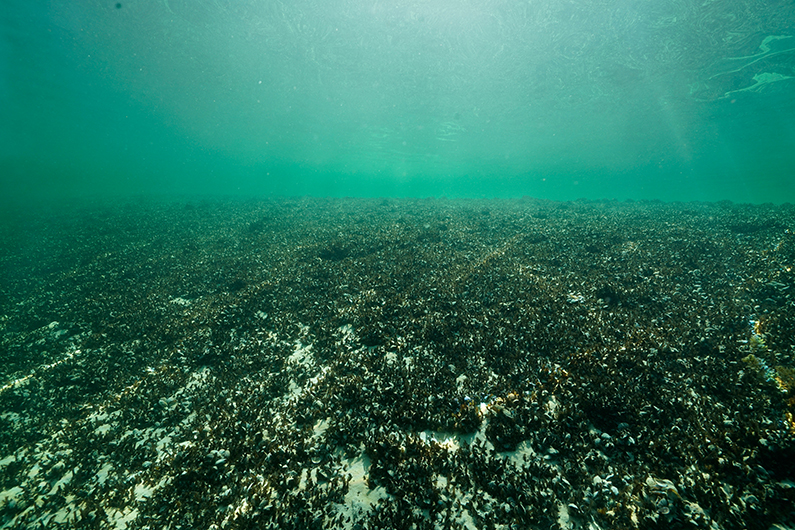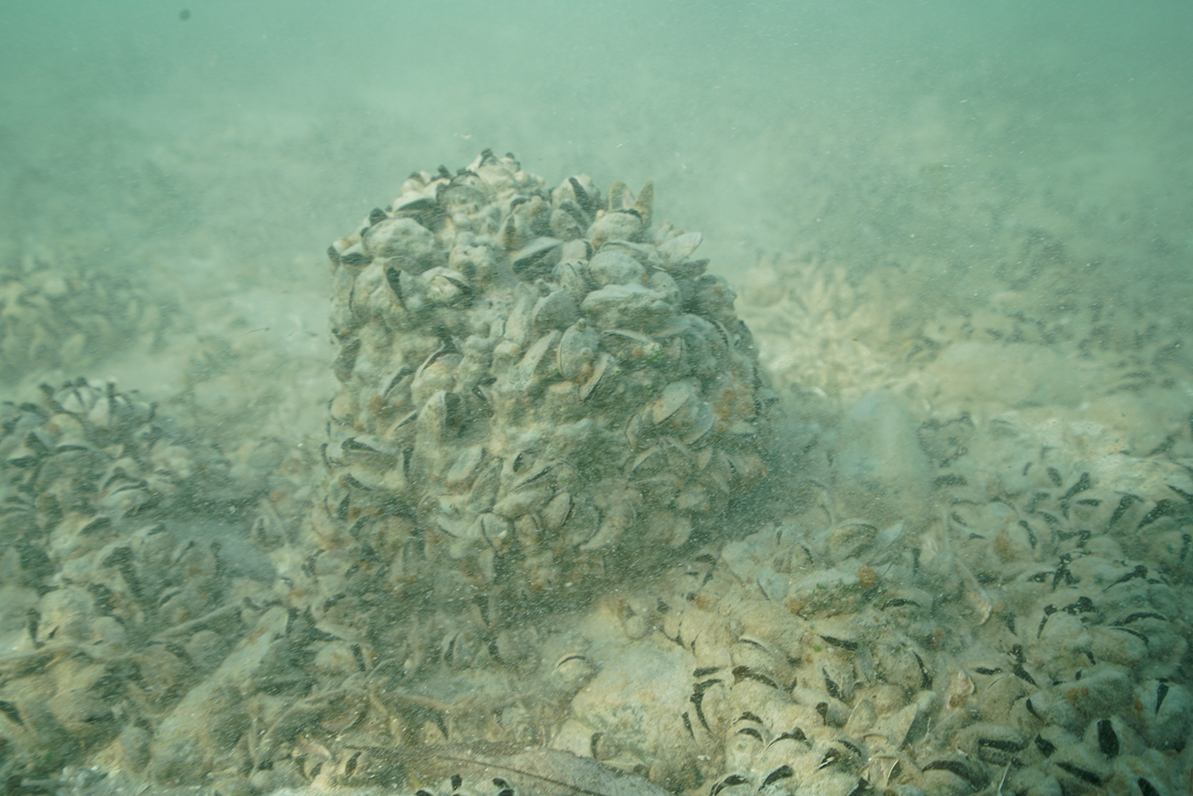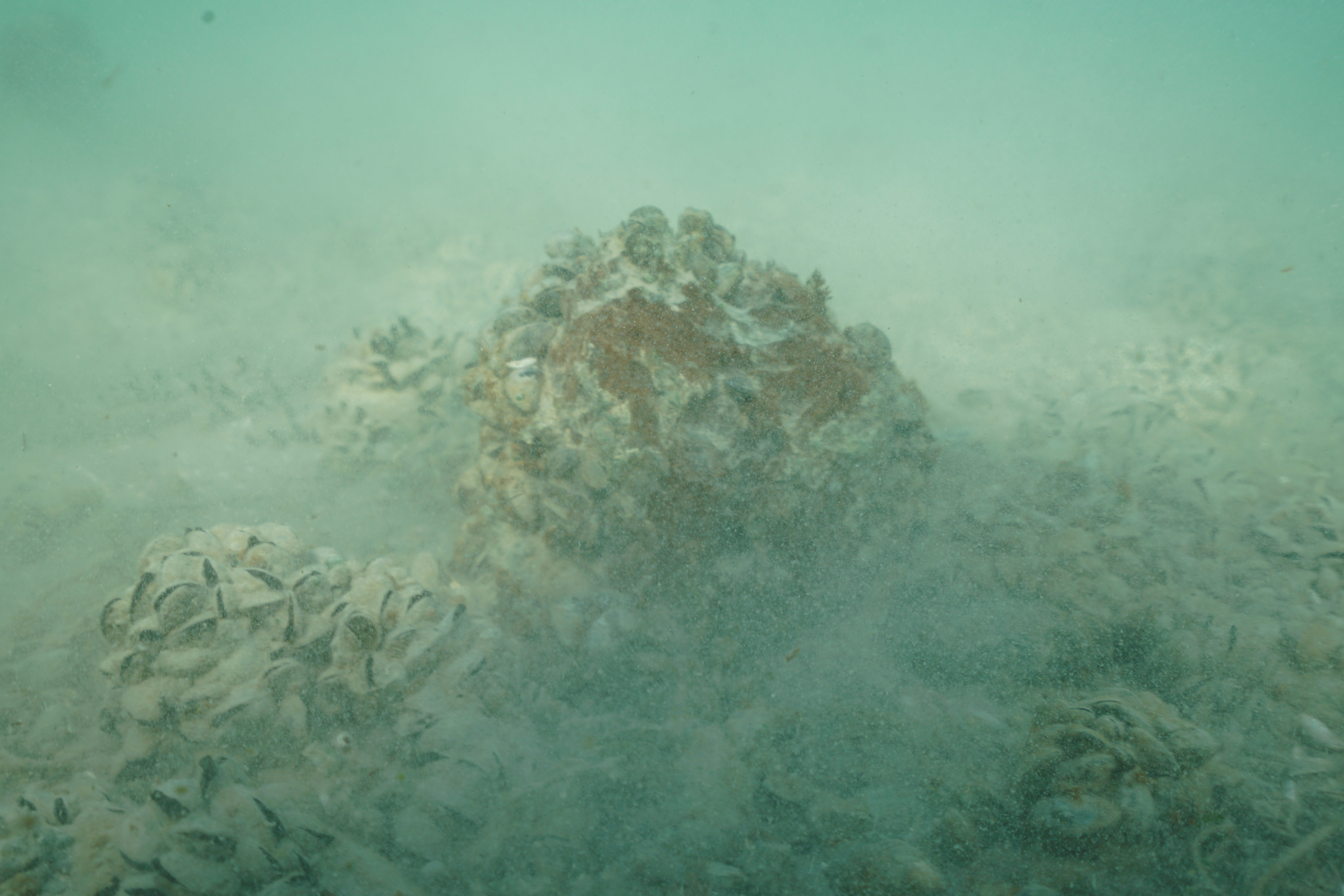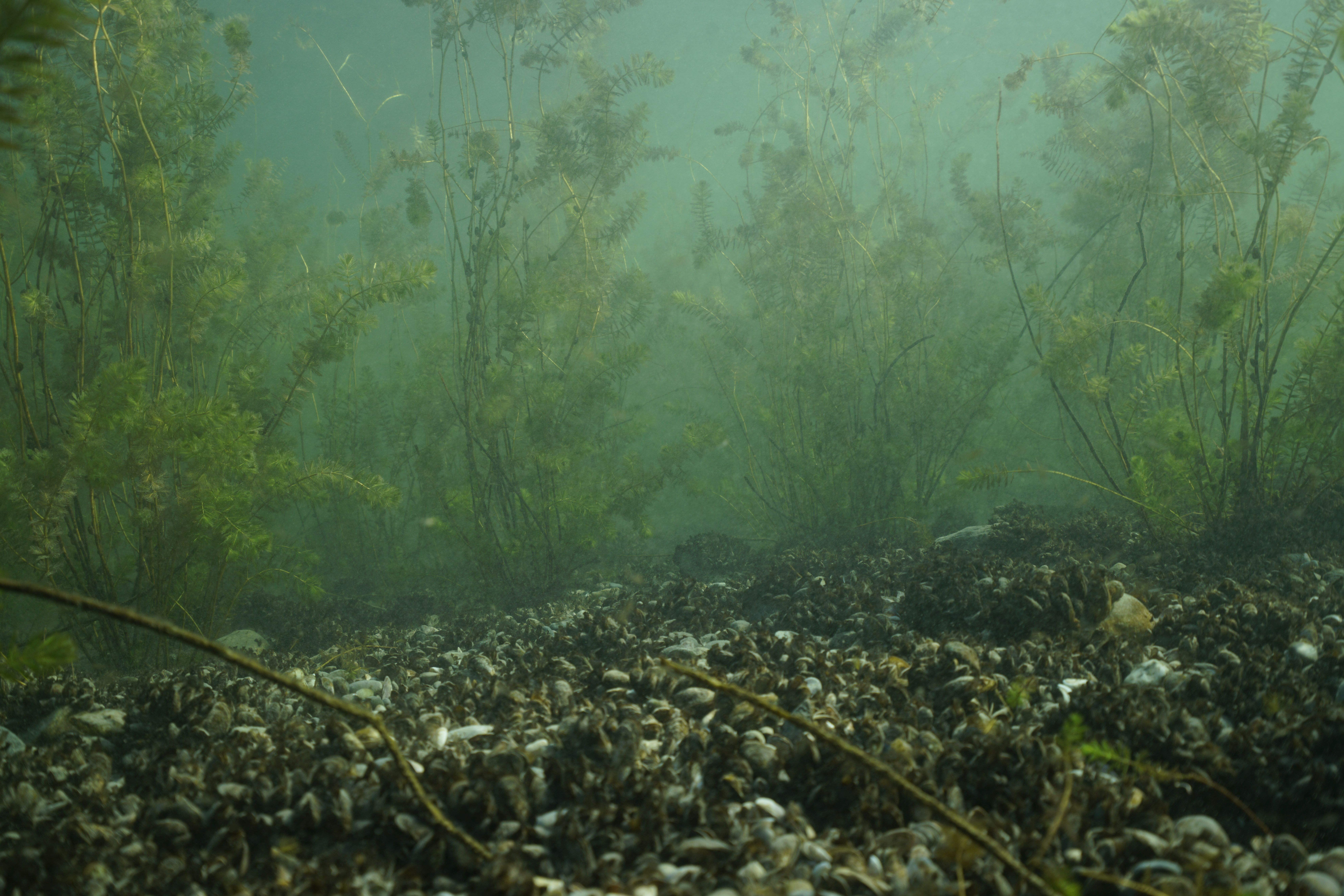Quagga in prehistoric Lake Shore Settlements of Lake Constance
Martin Mainberger; Keywords: Quagga; Neozoa; Dreissena; Underwater Archaeology

Only years after its first occurence Quagga (Dreissena rostriformis) causes numerous problems. One of its advantages to the near relative Dreissena polymorpha (Dreikantmuschel, Zebramuschel) is its ability to populate soft sediments and depths down to 250m, inflicting constructive installations like the pumping systems of drinking water pipelines. The mussels, being most effective water filterers, change the chemistry of the water body, the structure of lake floors, the composition of the freshwater plankton, the food chain of fishes. Evidence from the North American Great Lakes raises strong concerns that Quagga will change the whole ecosystem of Lake Constance seriously and within years. Observations to the relation of Quagga and the underwater archaeological heritage are still anecdotic and unsystematic. In the Neolithic to Early Bronze Age UNESCO World Heritage Site Litzelstetten-Krähenhorn mass occurrence of mussel was first observed in 2020. 2022 Quagga has expanded from the solid surfaces of protective gravel covers to loose, moveable sediments of the surroundings.



For soft wooden materials, as prehistoric pile stumps, this development could produce new risks. Quagga uses adhesive organs to cling to surfaces. If mussels are loosened, small portions of the soft surfaces stick to them. If aquatic birds and fishes discover the mussel as a nutrition resource, the result will be new losses of archaeological substance. This will also concern monuments in large depths, like wooden shipwrecks from historical times.
Some observations in Litzelstetten-Krähenhorn and other sites indicate that Quagga could prove to have also positive effects. There is evidence that the shells of dead individuals contribute effectively to the loose, moveable sediment cover of the lake floor. These depositions, if sufficiently thick, could potentially help to avoid erosion. A similar, but indirect effect could result from the filtering activity of the mussel. In March 2022 professional fishermen reported visibility depths of 20m, which constitutes an extraordinary increase even in relation to long-term observations "IGKB Blauer Bericht, Tabelle 2. The increase of sunlight has a positive effect to the underwater vegetation, which constitutes another important factor in relation to sediment balances in shallow water zones. To the relation of macrophyte population and material balance see
More reading
J. Köninger, R. Ebersbach, J. Goldhammer, S. Hagmann, Quagga – Muscheln, Erosionsrinnen und einen neue Palisade in der UNESCO – Welterbestation Unteruhldingen – Stollenwiesen. Archäologische Ausgrabungen in Baden-Württemberg 2018 (2019), 107 – 112.
